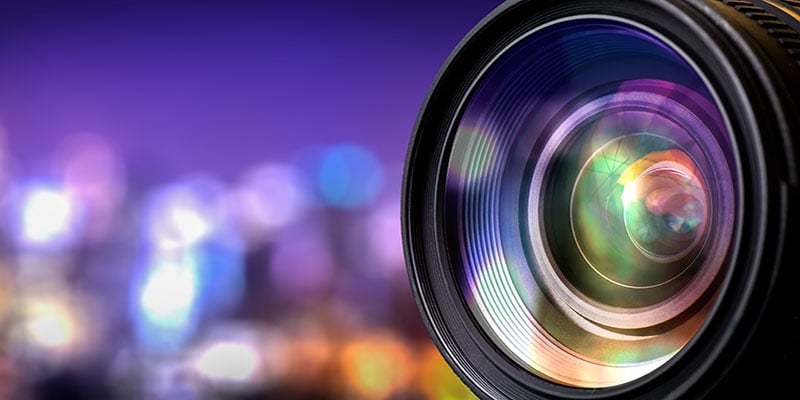 The sensors in video cameras have experienced vast improvements in recent years, and much has been written about the resulting boost in megapixel ratings. Another exciting leap forward in this technology has been the improved performance of low-light cameras.
The sensors in video cameras have experienced vast improvements in recent years, and much has been written about the resulting boost in megapixel ratings. Another exciting leap forward in this technology has been the improved performance of low-light cameras.
For organizations with the need to provide perimeter security or monitor buildings after dark, such as commercial industrial sites, airports, or critical infrastructure facilities; the poor performance of security cameras in low-light settings has been troublesome. Cameras with built-in infrared LEDs offer a solution, using the invisible infrared (IR) wavelengths to illuminate images in the dark. During the day, a filter blocks the IR light from interfering with color images.
Thermal imaging may be the best solution for some low-light situations, due to its flexibility in zero light and in lighting conditions that are highly variable. Thermal cameras are particularly reliable in detection capabilities and over greater distances; and this technology is gradually becoming a more affordable option for security operations.
Low-light video from IR cameras is monochrome, limiting the visual data that it provides; and thermal cameras do not provide color or other details required for recognition. Fortunately, IP cameras are now available which can provide detailed color images in low light – a valuable improvement for security professionals. Improved sensitivity in cameras is enabling capabilities to capture color images in as little as 0.1 lux, and with higher pixel counts in newer cameras the improvement in imagery is evident during the day and at night.
An industry shift in the type of sensor being utilized can take much of the credit for these improvements. CMOS sensors catch light through capturing each pixel one by one, allowing for enormous flexibility in reading and processing individual pixels; compared to CCD’s “global” approach to capturing the entire frame at one time. The improved low-light image is also beneficial when applying video analytics.
Certain situations may still require IR cameras or thermal imaging, but for many security operations the ability to capture color images in low light is an important tool. A combination of camera types may provide the best result, depending on the setting. As low-light technology has evolved, manufacturers have introduced cameras with advanced low-light capabilities at a variety of price points, making them accessible to both SMBs and enterprise customers. Your security integrator can help determine the most effective low-light video solutions for your needs.
